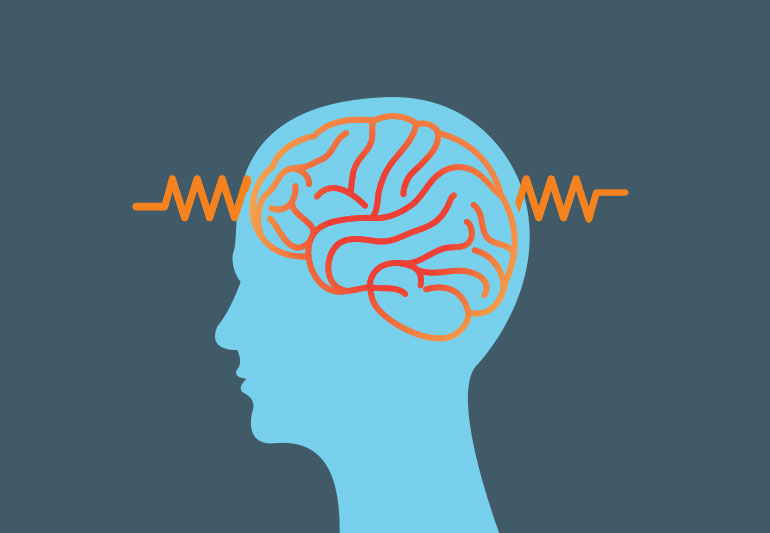GW4 Epilepsy Community

University of Bath: Alain Nogaret
University of Bristol: James Hodge (PI), Edgar Buhl,
Cardiff University: Dmitri Sastin
University of Exeter: Doretta Caramaschi, Jen Creaser, Benjamin Houser
and Silvia Sanchez Marco from Bristol Children’s Hospital
Background
We are building a multi-disciplinary cross-GW4 community researching, modelling, diagnosing and treating epilepsy. Epilepsy is the most common primary neurological disorder worldwide, with 10% of people experiencing a seizure during their life and ~1:100 people with epilepsy. Epilepsy causes include inherited mutations in ion channels and receptors. Diagnosis can be by symptoms, electroencephalograms (EEGs), brain imaging, and genotyping. Treatments include anti-epileptic drugs (AEDs) and surgery to remove brain seizure foci. AEDs modulate ion channels and receptors to prevent the excessive firing of neurons during seizures. However, many epilepsies are drug-refractory due to a lack of effective drugs. Our research aims to understand better the role of ion channels and receptors in epilepsy helping the development of better AEDs. Our community aims to address the lack of fundamental understanding of epilepsies, improve (epi)/genetic diagnosis, animal, cell and computational epilepsy models facilitating testing of better targets, screening for novel genetic and drug therapies facilitating the development of better devices for diagnosis and treatment of epilepsy.
Project summary
The surgeons will provide epileptic patient histories including genotypes and post-surgery brain tissue. We will use these brain samples to perform genetic and epigenetic analysis. We will use Drosophila models based on epilepsy-associated ion channel mutations characterising them using electrophysiology, imaging, behaviour, and molecular analysis. We will generate a novel neural cell line to test for epilepsy-relevant phenotypes, allowing future genetic/drug screens to suppress pathology.
We will record from resected genotyped human epileptic tissue for changes in firing properties and individual ion channel currents on/off AEDs. The equivalent recordings and pharmacology will be performed on fly neurons with the same ion channel mutation versus wildtype.
Our modellers will use this novel electrophysiological and molecular data in their computational models of human and fly epileptic versus wildtype neurons on/off drug. This will allow better understanding of epileptic activities and changes in EEG that occur before, during and after a seizure. This will also develop drug targets for rational AED design which will then be tested in our models. The resulting better understanding of the changes in electrical activity of epileptic brains will help develop better predictive and corrective EEG, imaging and neuromorphic brain-stimulation devices through our industrial partners.In addition to the mutual benefits, interest and pooling of infrastructure, funding, techniques, training and expertise of the research groups, the collaboration and pilot-data generated will provide leverage for attracting funding, studentships, publications and collaborations with industry, etc.





